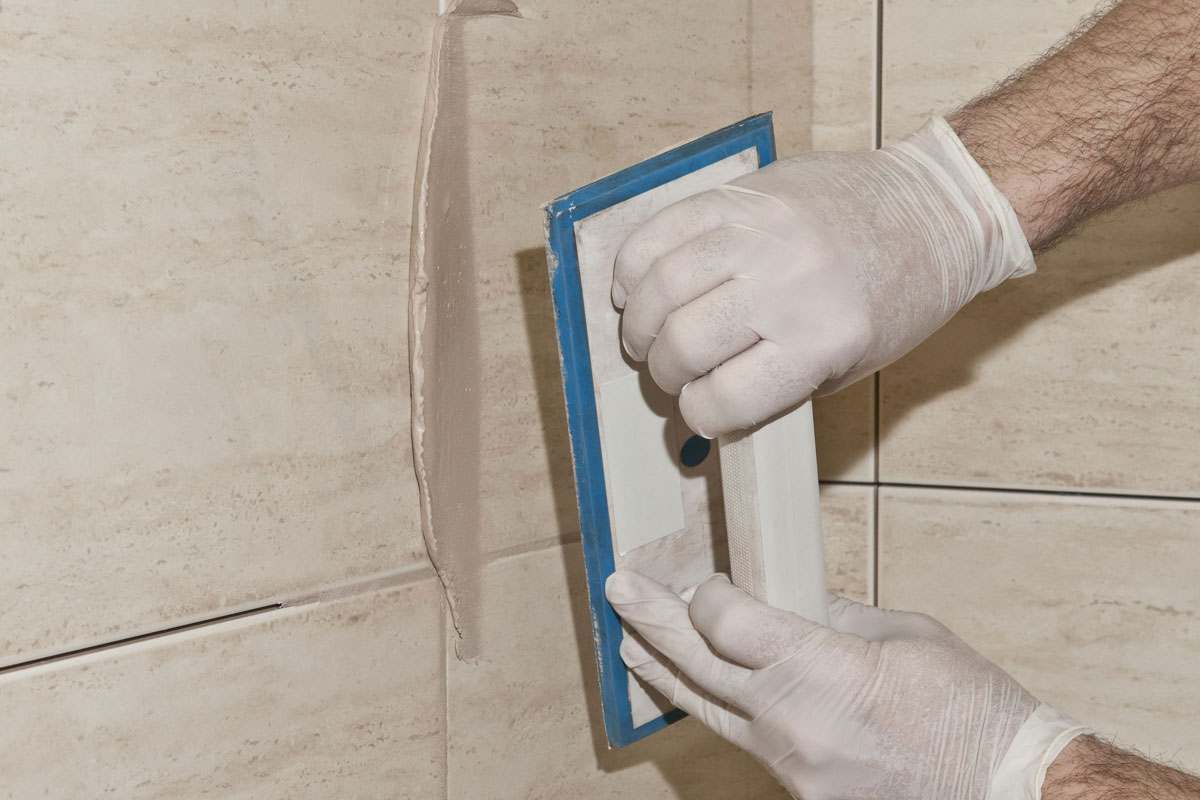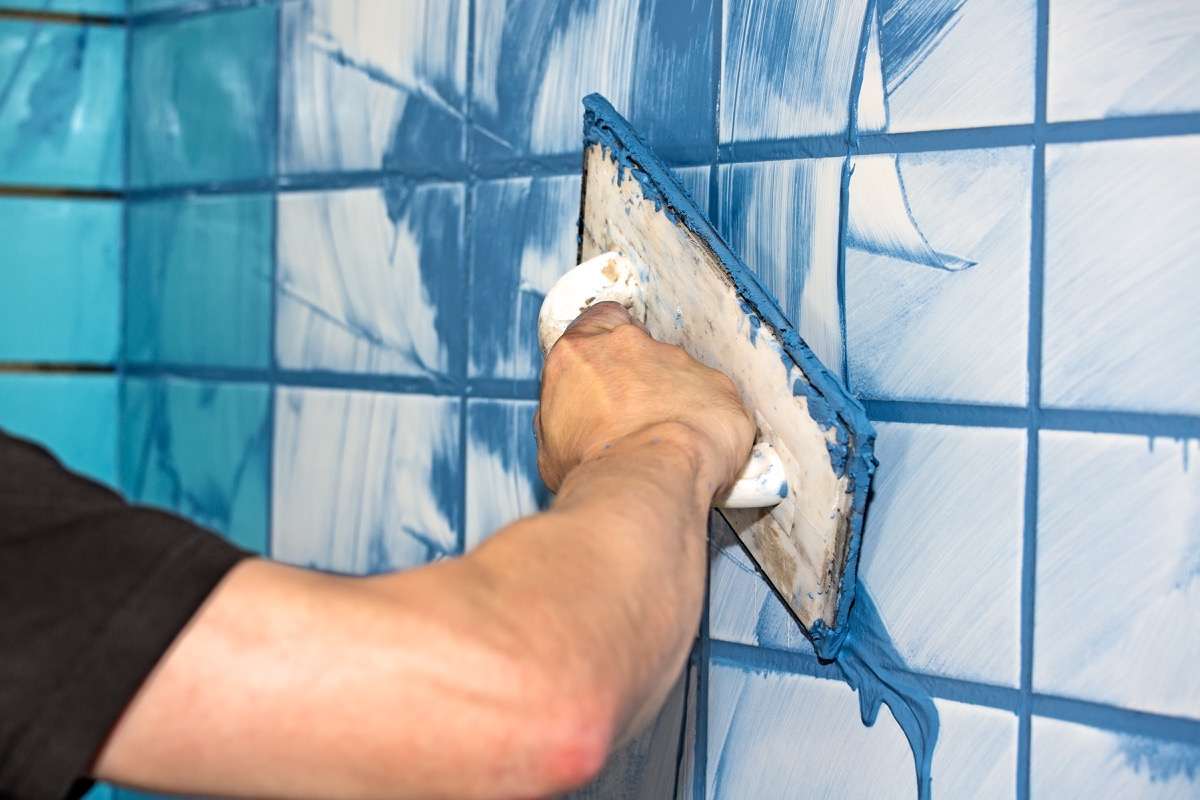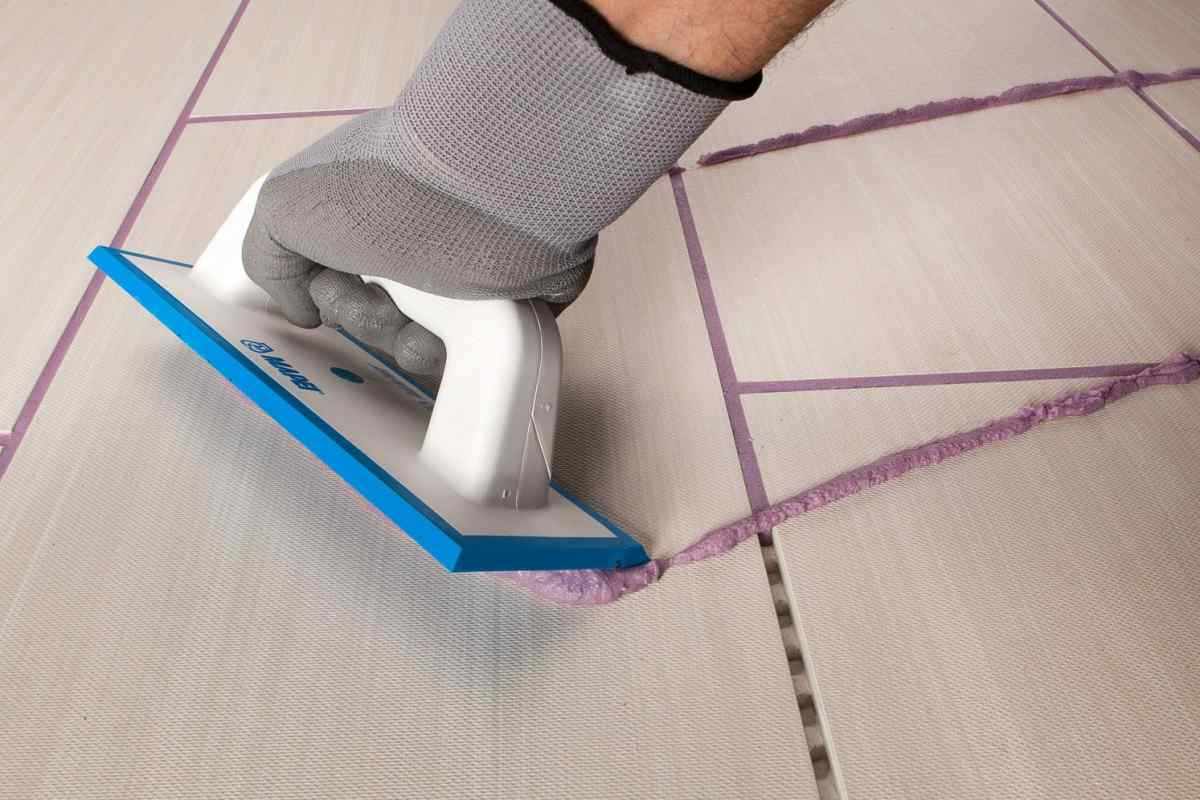how to match tile color with existing grout color
The fun part of planning your tile application is how to match the tile color, pattern, shape, and placement with each other, but all too often we overlook the existing grout color, which is a crucial design component as well
Choosing the proper grout color is crucial to a successful tile design since it may highlight certain tile pieces, blend into the background, or entirely steal the show
To assist you in choosing the ideal grout color, the following factors, suggestions, and commonly asked questions are provided
Considerations for grout
All of these elements may have an influence on how your tile design is impacted by the color of your grout
Size of Application
How much space are you tiling? Contrasting grout colors will provide a more complicated appearance that can be too much for a big room
On the other side, matching the grout to the tile color results in a more seamless surface appearance and may assist enlarge a small area

Tile Placement: Your choice of grout may be affected by where you place your tiles
For instance, backsplash and wall tiles may be directly in your line of sight, making your choice of grout color more obvious than it could be in other floor areas
Furthermore, a strong grout color difference in a big space might be too much
Design Difficulty: While the size and placement of your tiles have an effect on the design of the tile installation, the color of your grout provides you the chance to control the level of design intricacy in any room
Observe these general guidelines: You may get a minimalist effect with grout lines that blend into the backdrop by matching the colors of the tile and grout
For a more dynamic design, choose contrasting colors for the tile and grout
Pair your tile with a semi-neutral grout color, such as gray, for a style that blurs the lines
Patterns: Numerous choices for playing with patterns are provided by tile programs
If your tile has a pattern on it, you may choose to use grout with thinner lines (if permitted by the manufacturer’s specifications) or grout that is neutral in color to draw attention to the tile pattern
On the other side, using grout to highlight your tile pattern or tile form is a terrific idea
Interior Surrounding Décor: It goes without saying that your grout should match the color of your tiles, but don’t ignore the rest of the interior design
If the grout color matches the tones in the remainder of the room, it could not seem as striking
For instance, grout with brown or red undertones may blend in nicely with the neighboring leather, stone, brick, and brick
Ask your builder or designer for grout samples to contrast with the other colors in the room before deciding on a particular grout color

Choosing a grout color for multicolored tile may seem especially difficult, but there are really a number of attractive possibilities available: To guarantee that the grout will work well with your application, match it with one of the colors (start with the most neutral color)
Choose a grout color that will contrast with all of the colors in any tile application by being sufficiently bright or dark
When none of the tile colors are really dark or bright, this choice works nicely
To avoid breaking up the pattern of patterned tile, choose a grout color that as closely resembles the tile’s edges as you can
When using tile with veining that resembles stone, you may decide whether to match the grout color to the veining or the tile’s base color
Edges of tiles: Rectification is indeed a tile edge procedure that produces sharp tile edges by cutting tiles to a more precise size
Rectified tiles may often be installed more closely together than non-rectified tiles and can sometimes have more thin grout lines since they have more precise dimensions
Wider grout joints may be utilized to provide a more uniform look since non-rectified tiles often have greater size variance
There is no superior tile edge type, so think about the style you want for your tile, the size of your preferred grout lines, and what the manufacturer suggests
Whether you select rectified or unrectified tile edges, the grout color you pick will influence how noticeable the grout lines are
Playful Grout Lines: In addition to playing with the tile edges, users can also experiment with the grout lines’ consistency
Particularly curved tile forms provide the chance for distinctive grout lines that are thicker in certain locations than others
Joint Grout Size: The tile experts assert that there is no “standard” joint width while installing tiles

Depending on the manufacturer’s recommendations and the desired impact, joint width might change
Be aware that the grout joint’s size isn’t always a matter of taste
Depending on the tile application, the kind and size of the tile, and the type of grout being used, installation techniques allow for a variety of permissible joint widths
To identify the range suitable for the aesthetic you want, your installer should consult the manufacturer’s specs for the tile and grout being utilized
Joint width and grout color complement each other: While broad joints in a contrasting hue create a strong statement, thin joints in the same color as the tile may seem to vanish
Tile Form: Grout size may also be impacted by tile form
For instance, wider grout areas are needed for circular tiles, such as penny round tiles, making the grout more obvious than it would be with rectangular or square tiles
It is advisable to match your tile and grout colors precisely if you want your tile to stand out rather than your grout
Tile Finish: Glossy tiles, including iridescent, high-sheen, and mirror tiles, reflect light, making them seem brighter in person than they do in a sample
Consider shades in a lighter hue than you may typically pick when selecting a grout color in light of this
Multiple Tile Designs in the Same Area: If you want to use different tile designs within the same space, make absolutely sure that the grout color complements the tile color
Your choices consist of: To avoid adding additional colors to the overall design that may not work, match the grout color to the relevant tile

Use one grout color that complements both tile types; a mid-toned gray is a reliable option
If you can’t locate a grout color that complements both of your tile colors, it can be a hint that the two of them don’t go well together
Contrast your grout color with the other tile colors in the area, if your color scheme allows it
The gray tile in the image above has beige grout, and the beige tile also has gray grout, giving the design a slight contrast
Ideas for Grout Colors With the aforementioned grout advice in hand, you are now prepared to choose a grout color
Tile and grout matching: When you precisely match the colors of your tile and grout, the seams between the tiles essentially vanish









